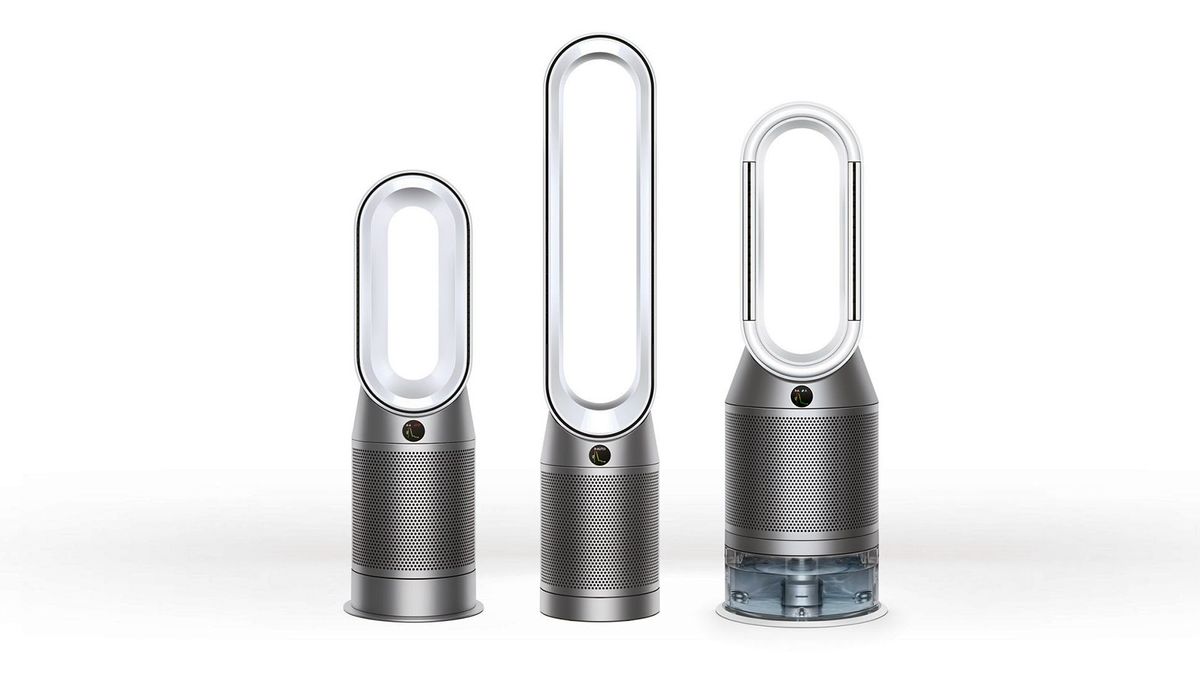Hi All,
I have a Mavic Pro series 1. I bought some low noise propellers(Platinum) for it. After about 10 flights I noticed that the tip was bent down. Probably from storage and still having a hot heat exchanger under the quad. I had watched a youtube video years ago from rcmodelreview about propeller efficiencies. I remember something about the noise of a propeller depending on weight of propeller and speed etc. One of the propellers discussed had the tip curled down. The premise was it reduced the flow of air from the high pressure zone to the low(bottom to top). It turned out it wasn't more efficient, maybe the reduced effective propeller width, but it appeared(subjectively) to be quieter.
So when I saw my bent propeller I thought, gee they bend easily and that I would do it to all four. See photo below. Notice I also manage to bend the bit before the tip up. That was unintentional.
I took it out for a flight today and the noise did appear less. This was of course subjective, hence my problem. Also my forward speed seem less(maybe some drag due to the attack angle), but not my climb speed, again subjective.
I don't know the name of this propeller design. But the DJI low noise propeller is well documented as a "Scimitar propeller". It is supposed to "delay the onset of shocks wave at the propeller tip" and "reduce drag". These propellers also don't suffer as much from high blade counts.
So my question is, HAS ANYONE TRIED THIS AND WHAT WERE YOUR IMPRESSIONS. Also does anyone have an "anechoic chamber" to test this.

I have a Mavic Pro series 1. I bought some low noise propellers(Platinum) for it. After about 10 flights I noticed that the tip was bent down. Probably from storage and still having a hot heat exchanger under the quad. I had watched a youtube video years ago from rcmodelreview about propeller efficiencies. I remember something about the noise of a propeller depending on weight of propeller and speed etc. One of the propellers discussed had the tip curled down. The premise was it reduced the flow of air from the high pressure zone to the low(bottom to top). It turned out it wasn't more efficient, maybe the reduced effective propeller width, but it appeared(subjectively) to be quieter.
So when I saw my bent propeller I thought, gee they bend easily and that I would do it to all four. See photo below. Notice I also manage to bend the bit before the tip up. That was unintentional.
I took it out for a flight today and the noise did appear less. This was of course subjective, hence my problem. Also my forward speed seem less(maybe some drag due to the attack angle), but not my climb speed, again subjective.
I don't know the name of this propeller design. But the DJI low noise propeller is well documented as a "Scimitar propeller". It is supposed to "delay the onset of shocks wave at the propeller tip" and "reduce drag". These propellers also don't suffer as much from high blade counts.
So my question is, HAS ANYONE TRIED THIS AND WHAT WERE YOUR IMPRESSIONS. Also does anyone have an "anechoic chamber" to test this.

Last edited:













